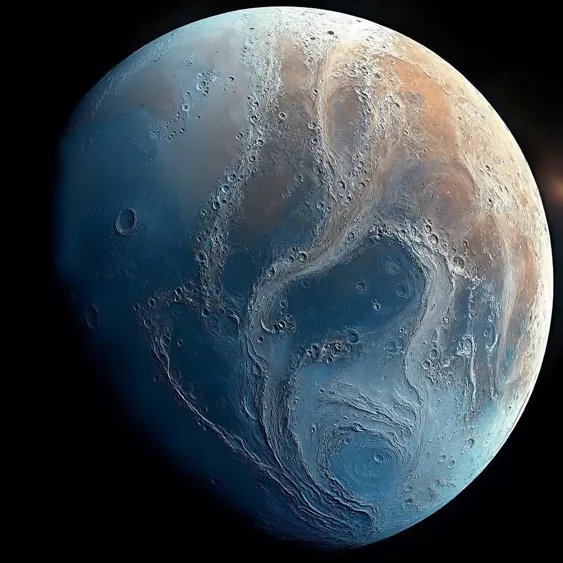53 Years of the Cosmos 482 Venus Lander

The return of the long-lost Soviet Venus lander, Cosmos 482, after nearly 53 years adrift in space, underscores the intersection of historical space exploration, climate science, and the ever-growing public interest in space phenomena. Launched in 1972, this probe was intended to delve into the mysterious environment of Venus, a planet notorious for its extreme conditions. Its re-entry on May 10, 2025, emphasizes not just its scientific significance, but also the intriguing web of narratives surrounding our technological past. With the rise in space exploration interest—especially in light of recent advancements by SpaceX and other private ventures—this event captures a moment where history, technology, and public curiosity collide.
Cosmos 482's design was uniquely capable of withstanding the rigorous atmospheric pressures and high temperatures associated with Venus. Unlike standard satellites, this lander's specialized structure suggested it could re-enter Earth's atmosphere intact. However, as satellite tracker Ralf van der Berg noted, the lander's trajectory and re-entry conditions led to damage, showing that the re-entry process is as thrilling as it is perilous. A historical lens adds depth: past incidents of fallen space debris remind us of the complexities involved in space missions. With over 70% of Earth covered by oceans, the likelihood of debris hitting populated areas remains low, yet the potential consequences of such incidents highlight the need for diligence in managing space junk.
As we reflect on this significant event, it serves as a poignant reminder of both our achievements in space and the risks we face as our endeavors expand. The Cosmos 482 saga encourages us to consider the implications of space debris management and the ethics of space exploration. With ongoing plans such as the upcoming Venus 17 mission set for 2031, one can't help but wonder: how will humanity balance its insatiable curiosity with the responsibility of safeguarding both our planet and the celestial realms we explore?
Read These Next

U.S. Executive Order Lifts Civil Supersonic Flight Ban
U.S. President's executive order signals a pivotal shift in the aviation industry by lifting the ban on civil supersonic flight, highlighting the interplay of emerging technologies and regulatory changes.

Neuralink and Grok Partner to Enable ALS Patients to 'Speak'
The partnership between Neuralink and Grok to create brain-machine interfaces for ALS patients signifies a breakthrough in medical technology, combining AI and neural processing to empower those with severe communication limitations.

Toyota Unveils World's First Hydrogen Sauna for Sustainability
Toyota's introduction of the world's first hydrogen sauna signifies a pivotal moment in eco-friendly technology. This innovation not only pushes the boundaries of traditional wellness products but also aligns with the growing consumer demand for sustainable solutions. Its unique feature of emitting only water vapor and hot air instead of CO2 underlines its potential impact on both the sauna market and the clean energy space. The product's ability to capture consumer interest amidst a backdrop of increasing vitality for eco-conscious entities like Toyota illustrates a strategic shift in brand positioning and consumer appeal.
